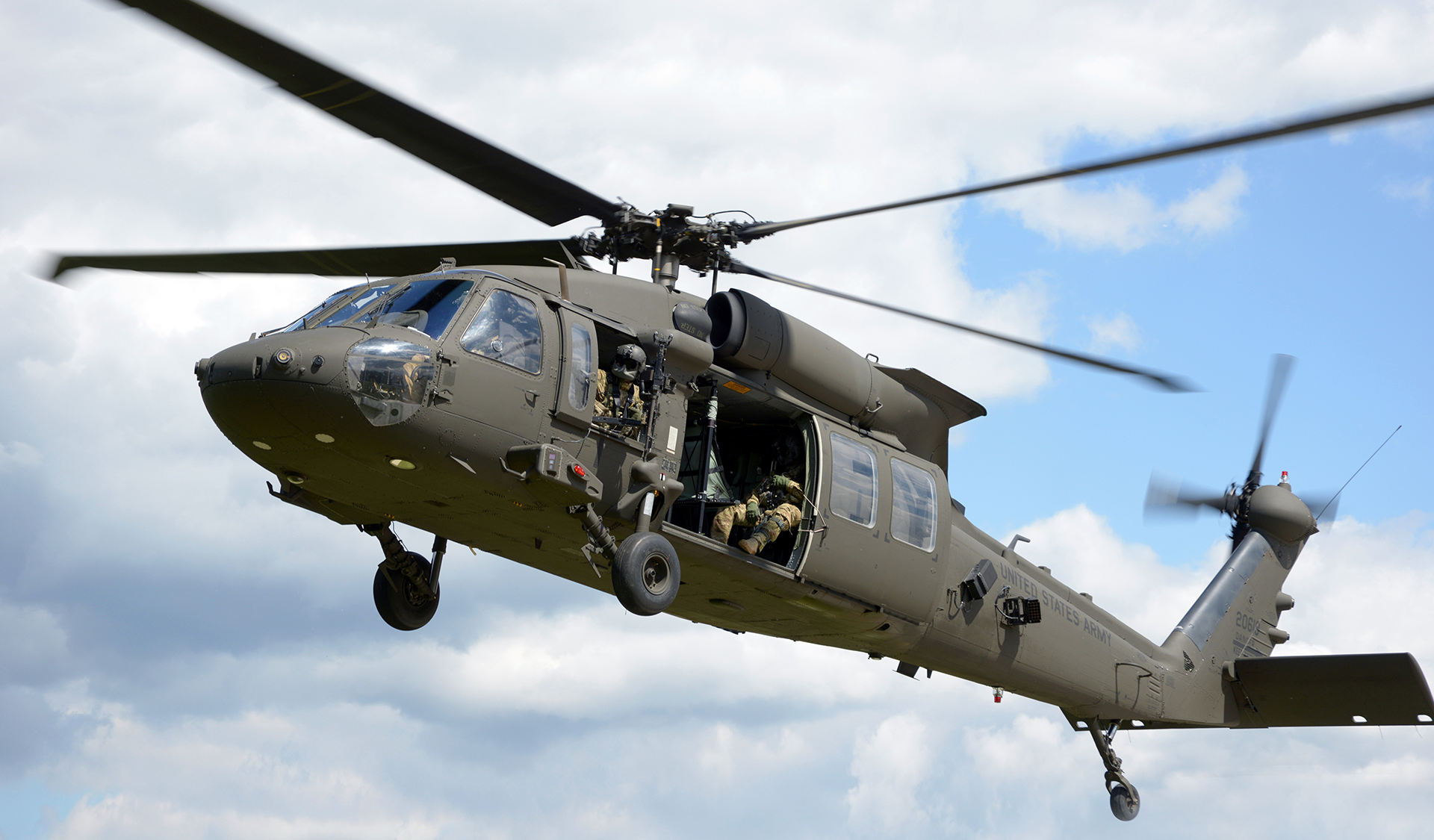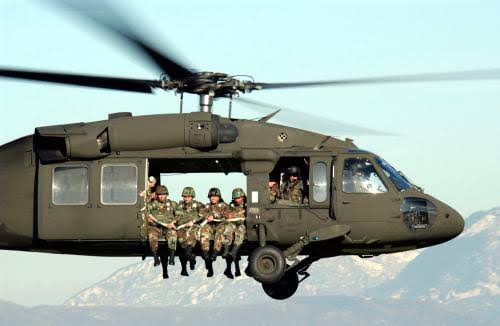Maintenance and Maintenance for UH 60 Helicopters
A Comprehensive Guide to the Maintenance and Treatment of Aircraft for Long Life
The long life of an airplane hinges dramatically on its upkeep and care, demanding a structured approach to make sure optimal efficiency and safety. Comprehending the intricacies of these methods can be complex; for that reason, it is vital to explore the important components that contribute to reliable airplane care and the effects of overlooking these duties.
Significance of Normal Maintenance
Routine upkeep is vital for the safety and security, performance, and durability of airplane. An organized method to upkeep makes certain that all elements function efficiently, thereby decreasing the risk of mechanical failure throughout procedure. Regular assessments and maintenance permit specialists to determine possible issues before they intensify right into substantial troubles, ensuring that the aircraft stays in conformity with aeronautics regulations.
Furthermore, preserving an airplane according to the maker's guidelines is essential for protecting its worth. A well-documented upkeep background can boost resale potential customers and instill self-confidence in possible customers. In addition, regular upkeep contributes to operational efficiency, as it helps to enhance fuel usage and performance metrics, causing set you back savings gradually.
Moreover, routine upkeep adds to the total safety and security of trip procedures (uh 60). By resolving damage without delay, drivers can alleviate dangers related to aging aircraft systems. This proactive method not only shields the lives of guests and staff yet additionally safeguards the airplane itself against disastrous failings

Daily Assessment Checklist
Just how can pilots and maintenance teams ensure the airplane is in ideal problem before each flight? The solution hinges on a complete day-to-day assessment checklist, which serves as an essential procedure to determine possible problems that might jeopardize safety and efficiency. This list must include several crucial areas, consisting of exterior and indoor assessments, as well as practical checks of crucial systems.
Starting with the exterior, teams should examine the airframe for any visible damages, leaks, or indications of deterioration. Interest must be paid to regulate surface areas, landing equipment, and the condition of tires. Transferring to the inside, the crew must validate that all controls and tools are functional, guaranteeing that digital systems are operating appropriately.

Along with structural checks, it is vital to inspect fuel degrees and validate that all required files, consisting of enrollment and weight and equilibrium information, are up to day. Ultimately, a testimonial of emergency devices, consisting of life vests and fire extinguishers, have to be conducted to guarantee conformity with safety and security regulations. By carefully following this day-to-day assessment list, pilots and upkeep staffs can significantly boost the security and integrity of their aircraft.
Arranged Maintenance Programs
Scheduled maintenance programs are vital for the long-term safety and security and effectiveness of aircraft procedures. These programs are designed to make sure that all aircraft parts undergo normal examinations, upkeep, and required fixings at established periods. By adhering to an organized upkeep timetable, operators can dramatically reduce the threat of in-flight failings, enhance aircraft integrity, and extend the his response life expectancy of critical elements.
Typically, arranged upkeep is classified into different degrees, including A, D, b, and c checks, each with distinct demands and thoroughness. A checks are usually more regular and concentrate on basic visual evaluations and small repair services, while D checks are much more detailed and take place less frequently, involving extensive disassembly and overhaul of the aircraft.
Governing bodies, such as the FAA and EASA, mandate compliance with specific maintenance timetables based on aircraft type and usage. Operators should preserve careful documents of all upkeep done to show conformity and assist in examinations. Moreover, the combination of predictive maintenance technologies can even more Read More Here improve the efficiency of scheduled programs by determining prospective problems before they intensify, thus guaranteeing that aircraft stay in optimum condition and ready for secure operations.
Look After Airplane Interiors
Caring for airplane insides is essential not just for traveler convenience however likewise for maintaining the overall value and safety and security of the airplane. Routine cleansing and maintenance of the indoor parts contribute dramatically to a favorable flying experience while protecting the aircraft's visual charm.
To guarantee optimum treatment, it is vital to establish a regular cleansing schedule that consists of vacuuming rugs, wiping down surface areas, and sanitizing high-touch locations. Furniture and seats should be evaluated for damage, with any kind of damages without delay addressed to stop additional deterioration. In addition, attention has to be offered to the galley and lavatory areas, which call for complete cleaning and restocking of products to maintain health.
Moreover, using suitable cleansing agents is crucial; severe chemicals can harm finishes and materials, so it is suggested to utilize items specifically created for aircraft insides. Normal evaluations need to likewise be performed to identify any type of upkeep needs, such as replacing damaged seat covers or fixing window tones. By focusing on the care of aircraft insides, drivers can enhance the general guest experience and protect the investment in their airplane.
Comprehending Governing Conformity
Regulative conformity is an important facet of airplane upkeep, usually needing drivers to comply with a complicated structure of local, nationwide, and worldwide requirements. This structure is largely established by aviation regulative bodies such as the Federal Air Travel More Bonuses Management (FAA) in the USA and the European Union Air Travel Safety And Security Firm (EASA) in Europe - uh 60. These companies state policies that regulate different elements of airplane upkeep, consisting of airworthiness, safety and security methods, and operational procedures

Moreover, drivers need to stay informed concerning modifications in regulations and get involved in training programs to make sure that their personnel is knowledgeable concerning compliance demands. Failure to follow these policies can result in extreme penalties, consisting of fines, grounding of airplane, or loss of accreditation. Understanding and sticking to governing compliance is extremely important for the durability and safety of airplane procedures.
Final Thought
In verdict, the maintenance and care of airplane are paramount for guaranteeing durability, security, and functional performance. Attention to the aircraft's interior and conformity with regulatory standards considerably contribute to protecting its value.
The durability of an airplane pivots dramatically on its upkeep and treatment, demanding an organized approach to ensure optimal performance and safety. By vigilantly following this everyday assessment checklist, pilots and maintenance teams can considerably enhance the safety and dependability of their airplane.
These programs are made to guarantee that all aircraft components undertake normal examinations, upkeep, and needed repair services at established periods. By focusing on the treatment of aircraft insides, operators can improve the general passenger experience and safeguard the investment in their aircraft.
In verdict, the upkeep and treatment of aircraft are paramount for making certain long life, safety and security, and operational efficiency.